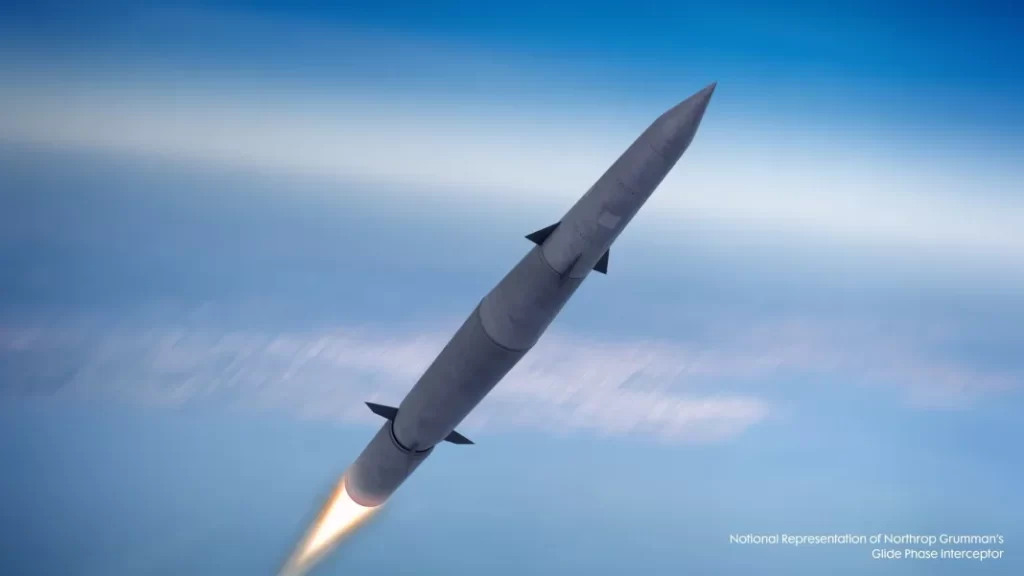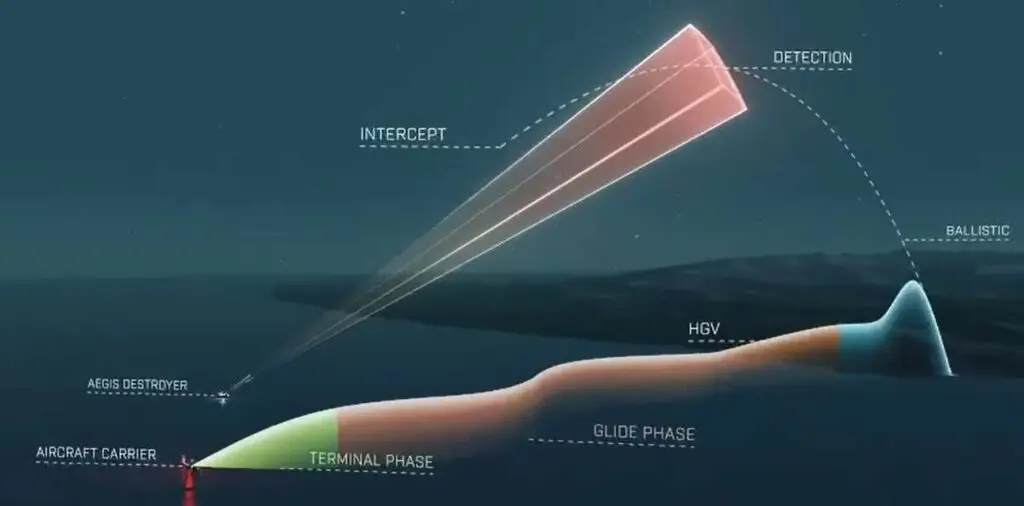Over the course of this week, the American company Northrop Grumman has joined the cooperation agreement for the development of defense systems against hypersonic missiles signed by the U.S. and Japan, focusing on the increasing advances in the field being made by China and Russia.

In this regard, Mike Pinkston, vice president of launch vehicles at Northrop Grumman, stated: “We are combining the technical strength of our two countries to develop an effective counter-hypersonic solution (…) We are committed to investing in technology that provides the capabilities our customers need now to respond to growing threats.”
Regarding the agreement in question, it derived from the bilateral Memorandum of Understanding between the United States and Japan signed in 2023, in which the Japanese Ministry of Defense and the U.S. Missile Defense Agency decided to work together to produce an interceptor system. The development program is known as the Glide Phase Interceptor (GPI), which, in the case of the work being done for the U.S. Navy, already had Northrop Grumman working alongside Raytheon under an initial phase contract exceeding 100 million dollars.
As mentioned, this work is being carried out with a focus on the hypersonic missile capabilities presented by both China and Russia in a highly tense geopolitical moment. It is publicly known that what characterizes this type of weapon is the ability to travel at speeds of Mach 5 at low altitudes with irregular trajectories, all aimed at making interception impossible, which makes this capability extremely advantageous on the battlefield; it also requires the development of effective countermeasures.
Each of the two previously mentioned world powers already possesses a significant array of such missiles. In the case of China, the main player is the missile known as Dongfeng-17 (DF-17), a medium-range missile that uses solid fuel for propulsion and integrates a hypersonic glide vehicle (HGV) instead of the typical warhead used in ballistic missiles. Meanwhile, Russia has similar capabilities with its Kinzhal, Avangard, and Zircon missiles, the first of which has seen proven use on the battlefield in Ukraine.

This issue raises many alarms in the defense systems of the U.S. and Japan, both part of the scenario developing in Asia with strong tensions around Taiwan. The development of defense capabilities to counter this hypersonic weaponry would be indispensable in a potential conflict with China, which is currently conducting large-scale military exercises around the island it claims as its own. To a lesser extent, the U.S. is involved in the dispute China has with the Philippines over contested territorial waters, which, while keeping the prospect of war distant, only contributes to the volatility of the region.
*Images used for illustrative purposes.
You may also like: For the withdrawal of the F-15C/D from Japan, the US Air Force is deploying more F-22 Raptors at Kadena Air Base












